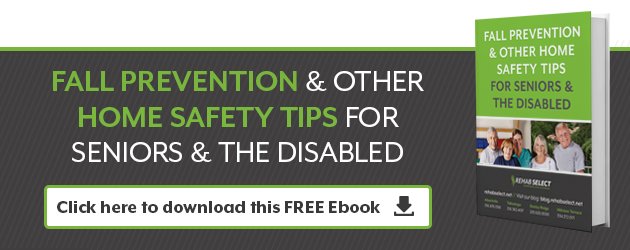 Falling can cause serious injury no matter how old you are – but can be more dangerous if you are older, since conditions like osteoporosis weaken bones and can increase the risk of fracture.
Falling can cause serious injury no matter how old you are – but can be more dangerous if you are older, since conditions like osteoporosis weaken bones and can increase the risk of fracture.
Preventing falls: Steps you can take
- Go to the doctor
The first and most important step to preventing falls is to check in regularly with your doctor.
Get a physical
Simply getting a physical and determining your current level of physical health and fitness can help you pinpoint any problems you have with balance or mobility.
If you have current or undiagnosed health conditions that make you feel weak or unsteady, your risk of falling may be greater. Your doctor may be able to reduce that risk with treatment, so that you feel stronger and more secure on your feet and are less likely to fall.
Discuss your medications with your doctor – including any over-the-counter medications or supplements
Certain medications, such as those for blood pressure or depression, can increase your risk of falling. They may have sedative properties or cause dizziness. Your doctor can help prevent falls by switching you to different medications or reducing the dosage, etc., if necessary.
- Exercise
Even if you are already experiencing weakness or are unsteady on your feet, you can sometimes regain balance and mobility by exercising.
Afraid to fall?
A fear of falling can render you inactive or immobile simply because you don't want to risk injury. There's help.
- How a skilled nursing facility can help in preventing falls
Your doctor may refer you to an outpatient rehabilitation or physical therapy program such as that offered by a community skilled nursing facility if you are afraid of falling. Professionals there can help you gain the strength you need to restore your confidence and help you remain independent. In the event you do have a fall, you can also access these resources as a temporary inpatient and/or outpatient to facilitate recovery.
Preventing falls at home
- Wear the right shoes
Slippers, flip-flops, or stocking/bare feet can increase your risk of falling. Opt for sturdy shoes with nonskid soles that fit right.
- Install assistive devices as necessary
Grab bars in the bathtub, by the toilet, on both sides of stairways, and installed by steps in and out of the house will help keep you safe as you navigate what can be treacherous territory.
- Remove hazards that increase the risk of falling
Remove throw rugs, piles of clothing or paper, and other slippery hazards that could increase your likelihood of falling.
- Let there be light
Place night lights in hallways, bedroom, bathroom, and kitchen so that you have visibility when you have to get up in the middle of the night. Put a lamp next to your bed and make sure you turn it on before you try to get up. Swap out traditional light switches for switches that glow in the dark so that they're easy to see; you won't have to fumble around.
Store flashlights everywhere throughout the house so that you'll be able to grab one quickly if there's a power outage.
- Plan for a fall
While preventing falls should be your focus, you should also plan for a fall so that you'll be safer if you do. Move sharp-cornered furniture and other dangerous objects out of your traffic path.





